9.22
Alter Egos: Avatars and Their Creators
Robbie Cooper

Robbie Cooper (b. 1969) is a British artist working in various media, including photography, video, and video game design.
KEY CONTEXT In Alter Egos: Avatars and Their Creators, Cooper interviewed people about the characters they play in online video games like World of Warcraft, and set photographs of the players next to their avatars for comparison. In an interview, Cooper said:
I think people use avatars in different ways. We noticed in Asia players were much more focused on creating an avatar that they liked looking at, rather than thinking about what other people were seeing inside the game world. So a lot of guys played girls for that reason. Another player in Korea played a little girl character because he was selling items and it helped in bargaining. He modified his behaviour in the game to try and maintain the illusion that he was really a little girl. Other people really throw themselves into the role play element, or consider their avatar to be an extension of their real world selves.
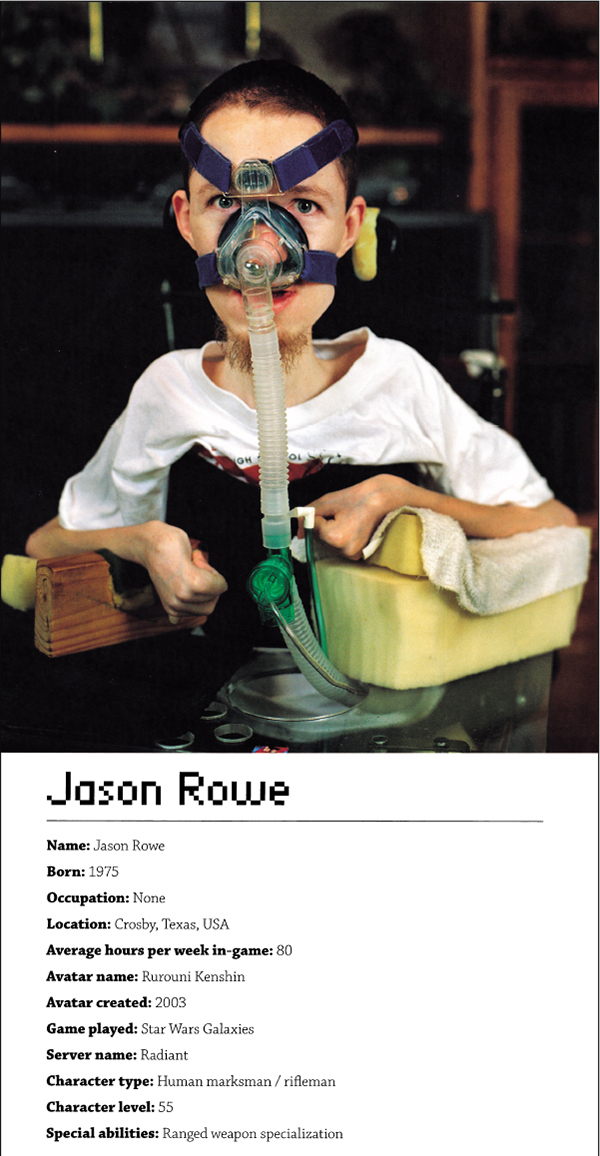
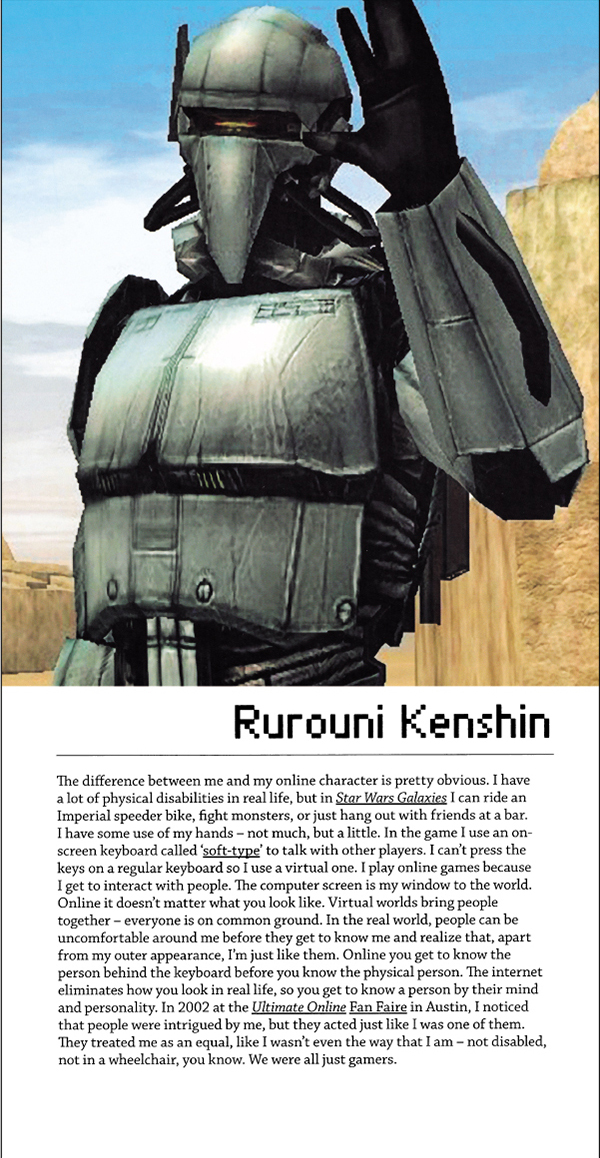
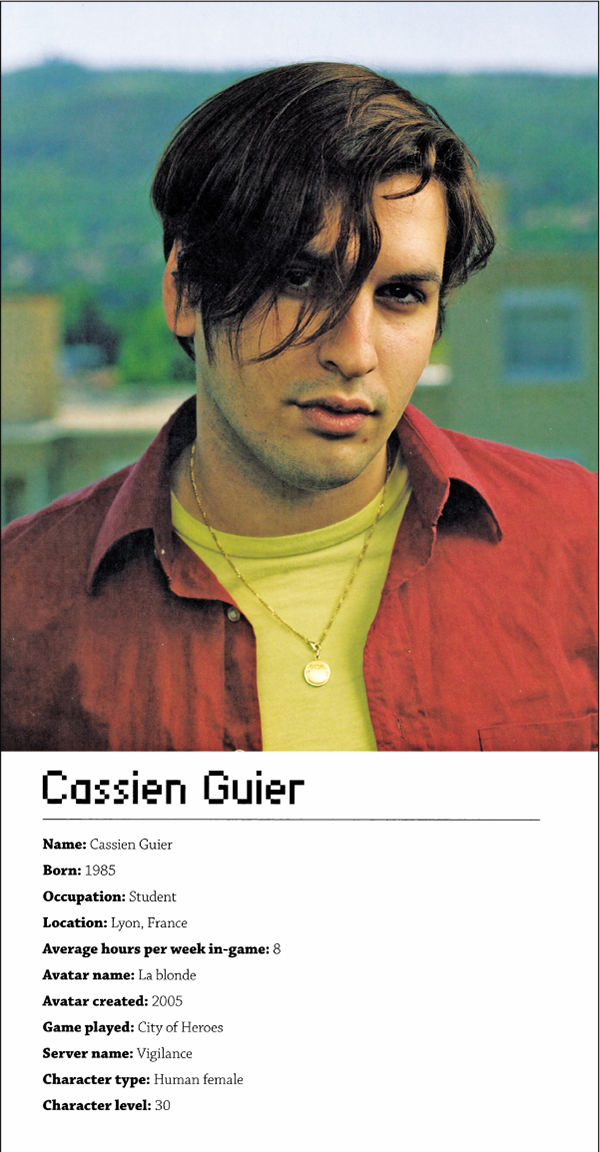
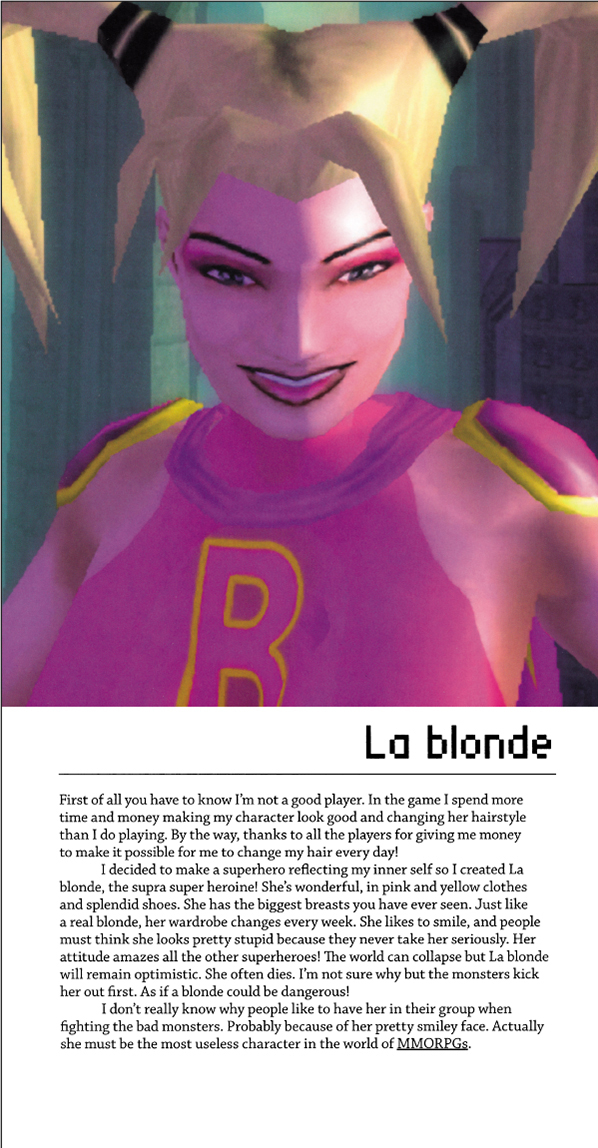
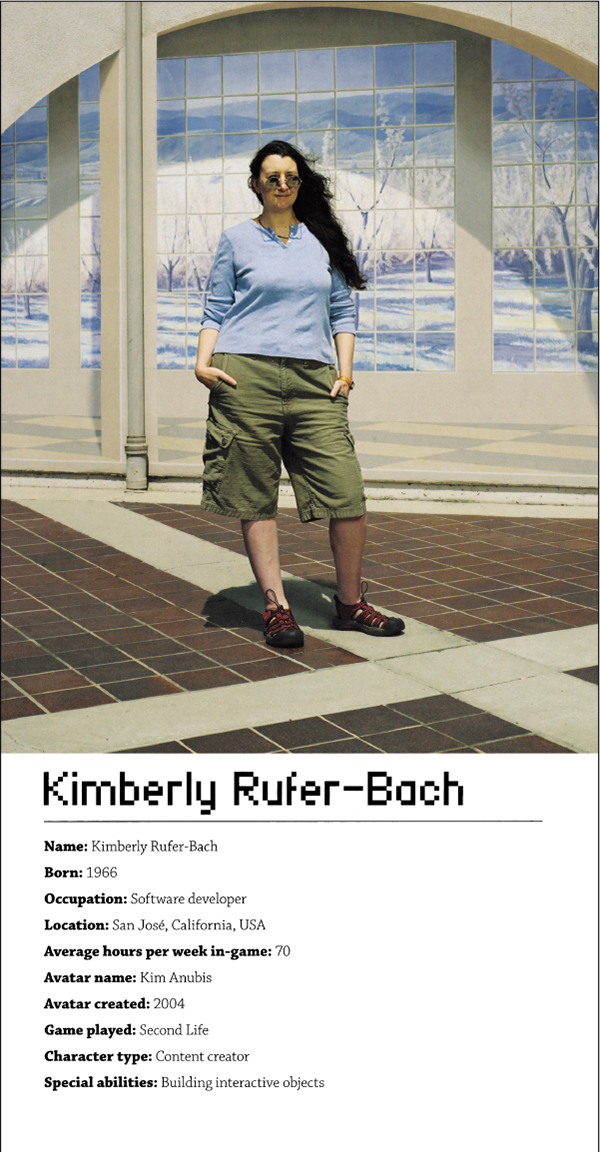
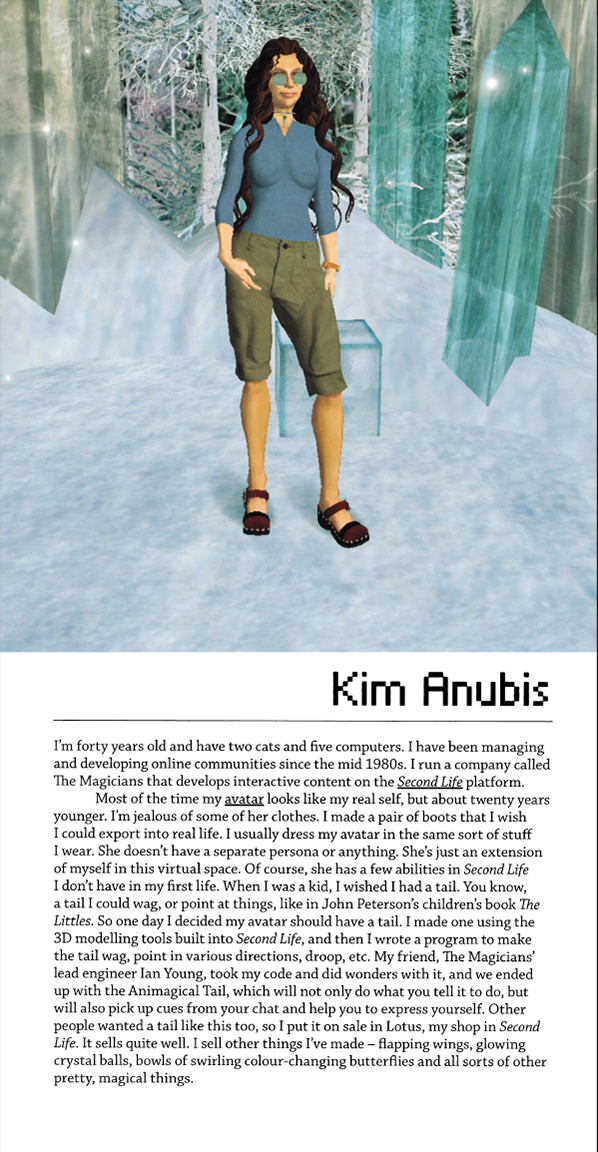
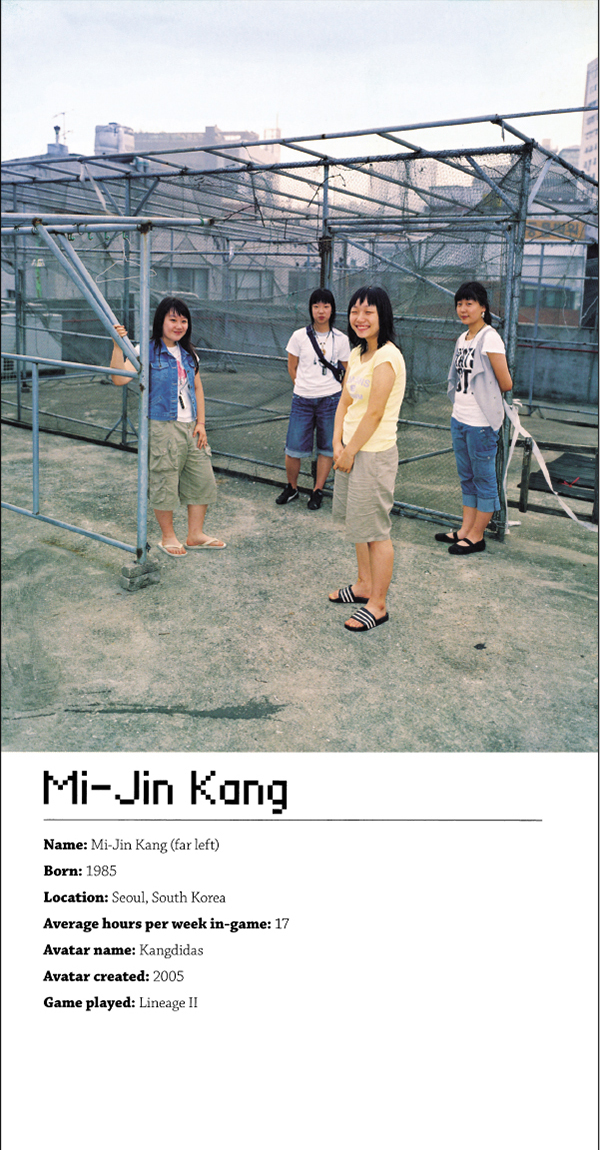
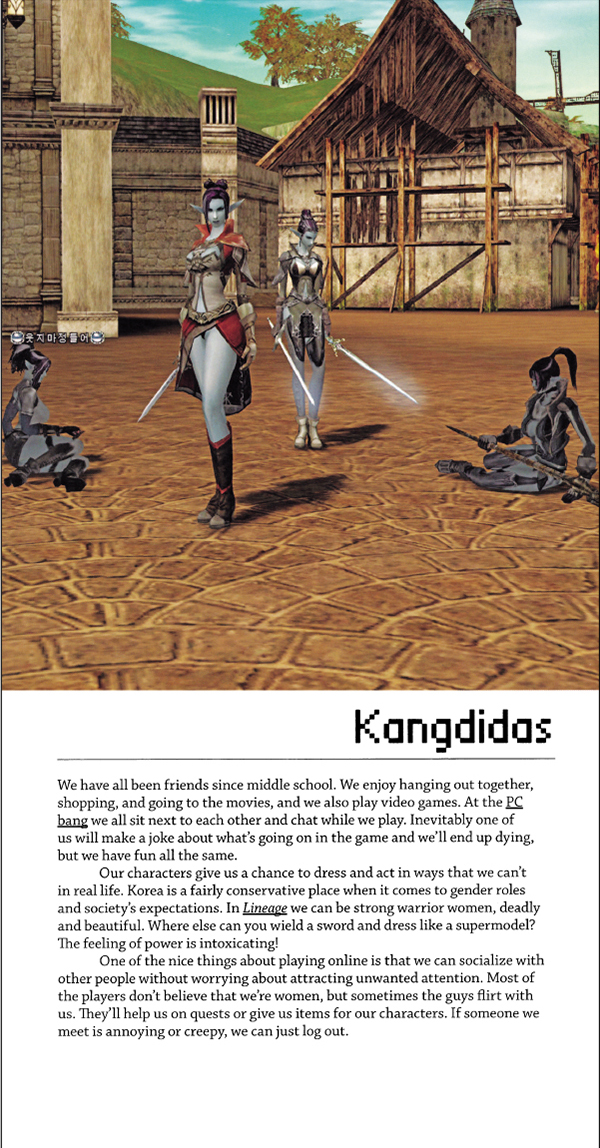
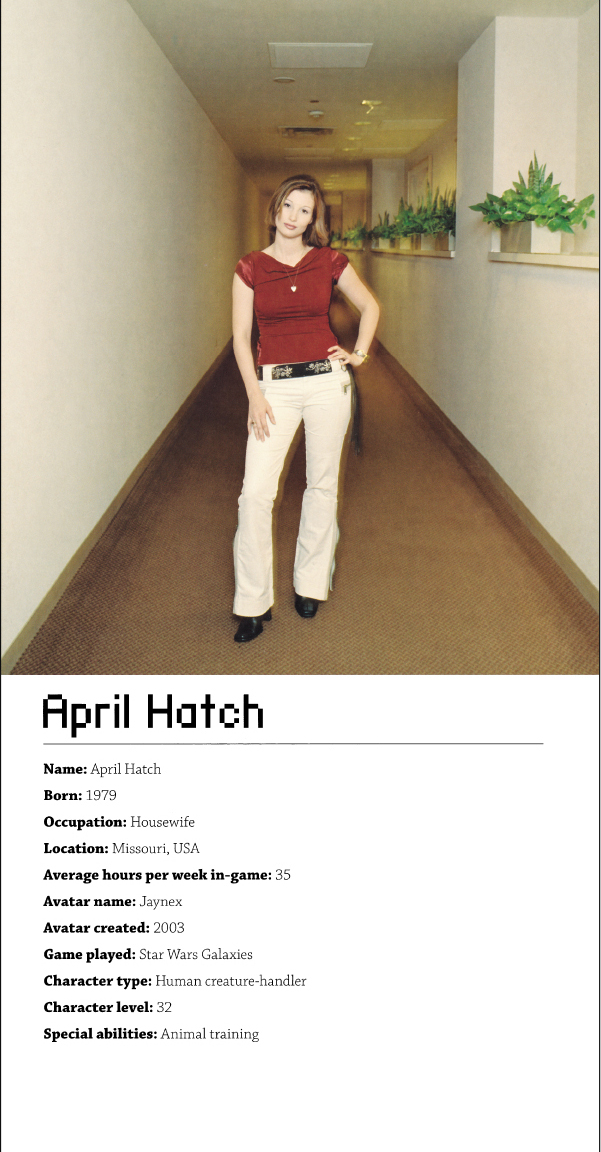
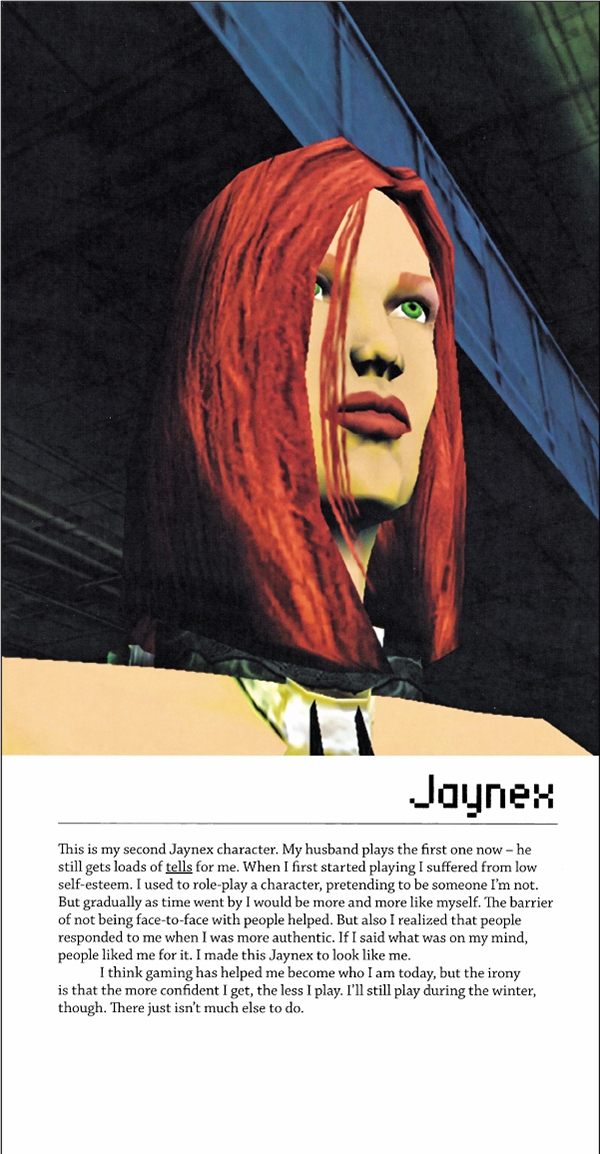
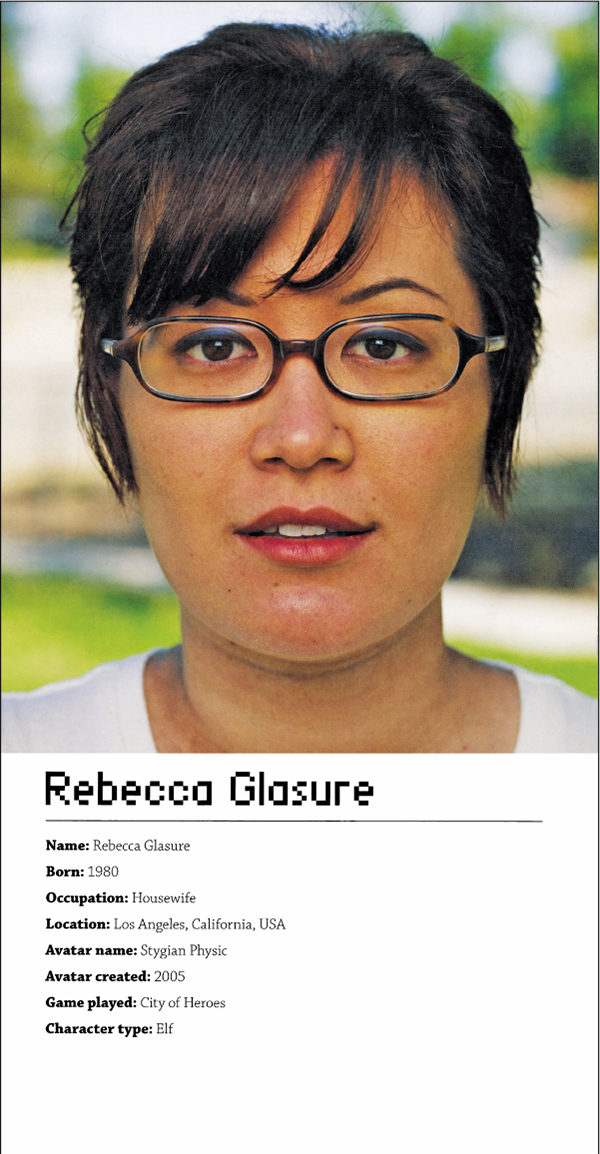
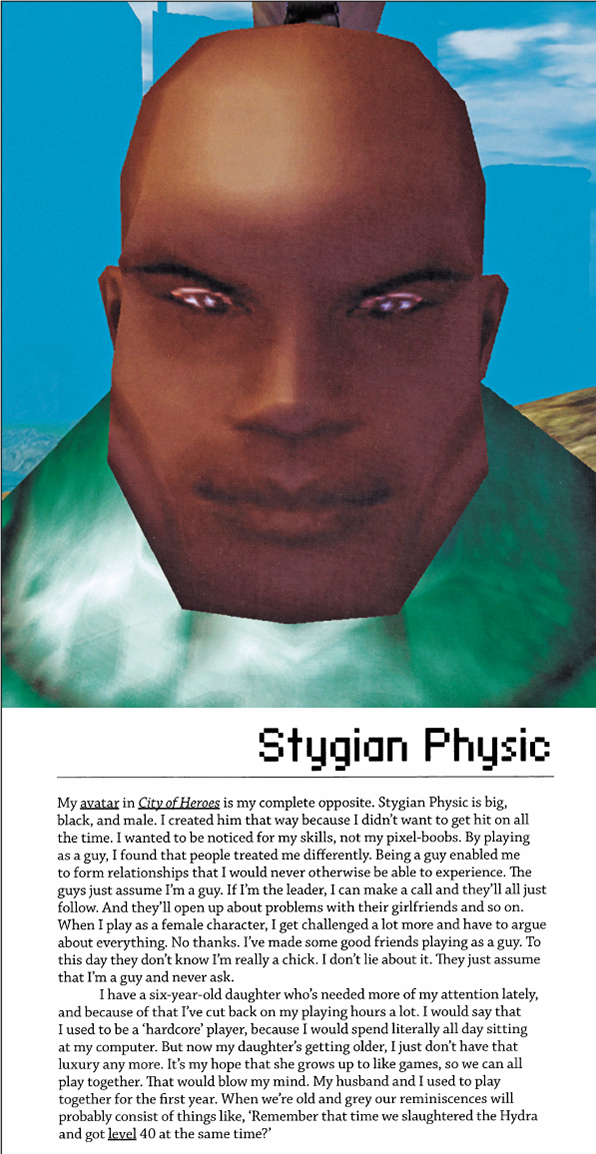
seeing connections
We think of the explosion of digital communications technologies as being a very recent occurrence, and yet the progression to where we are now in some ways began in the mid-
Read the following excerpt from a novel written by Ella Cheever Thayer in 1880 called Wired Love: A Romance of Dots and Dashes. In what ways are the “two worlds” of the telegraph operator described by the narrator of this novel similar to the “two worlds” of modern-
Miss Nattie Rogers, telegraph operator, lived, as it were, in two worlds. The one her office, dingy and curtailed as to proportions, but from whence she could wander away through the medium of that slender telegraph wire, on a sort of electric wings, to distant cities and towns; where, although alone all day, she did not lack social intercourse, and where she could amuse herself if she chose, by listening to and speculating upon the many messages of joy or of sorrow, of business and of pleasure, constantly going over the wire. But the other world in which Miss Rogers lived was very different; the world bounded by the four walls of a back room at Miss Betsey Kling’s. It must be confessed that there are more pleasing views than sheds in greater or less degrees of dilapidation, a sickly grape-
Therefore, in the evening, Sunday and holiday, if not in the telegraphic world of Miss Rogers, loneliness, and the unpleasant sensation known as “blues” are not uncommon.
Understanding and Interpreting
Identify the avatars that look similar to the players who created them. What do the creators say is the benefit of playing a character similar to themselves?
Identify the avatars that look different from the players who created them. What do the creators say is the benefit of playing a character different from themselves?
We tend to think of certain aspects of identity as being fixed and unchanging, such as gender, race, and ethnicity. And yet, several of the creators describe a different concept of identity when entering virtual worlds. Explain the role of identity as presented in these photos and interviews.
Analyzing Language, Style, and Structure
What is Cooper’s attitude toward gaming and time spent in the virtual world? How do his photographs, as well as his choices of which words and phrases to include from the interviews, reveal this attitude?
Examine how Cooper juxtaposes the creators and their avatars in the photographs to maximize the similarities or differences between them. Look carefully at the background of each photograph, as well as the subject’s style of dress and body positioning.
Connecting, Arguing, and Extending
Think about a character/avatar that you play in a gaming or virtual world environment. Explain this character’s similarity to, or difference from, your real self. Why have you chosen these particular attributes for your avatar? Take and juxtapose pictures of yourself and your avatar as Cooper did in “Alter Egos.” If you do not regularly use an avatar or participate in virtual environments, interview someone who does, get a screen shot of his or her avatar, and juxtapose the image with a photograph showing the player’s “real” identity.
Look at the following passage from the 2007 book Exodus to the Virtual World by Edward Castronova. How would Robbie Cooper likely respond? Why? To what extent do you agree or disagree?
An exodus is under way. Time and attention are migrating from the real world into the virtual world. The exodus will strengthen, I believe. Improvements in technology will make virtual worlds into veritable dreamlands. They will be more fun, for more people. Simple economic theory predicts that in this competition, the real world is going to lose. This loss will put pressure on the real world to adapt. The broad outlines of what that adaptation must be are surprising but not hard to see. If it is to survive unchallenged, the real world is going to have to offer experiences similar to those available in virtual worlds. In short, the real world will have to become more fun. A severe shock to business as usual; a revolution.